Many maritime disasters happen outside the realms of war. All ships, including those of the military, are vulnerable to problems from weather conditions, faulty design or human error. Some of the disasters below occurred in periods of conflict, although their losses were unrelated to any military action. The following top ten is a listings in ascending order of the magnitude of casualties suffered.
10. HMS Victory: United Kingdom: 1744: 1,150 people lost
HMS Victory was 100-gun ship in the Royal Navy built in 1726 (launched in 1737) to replace another ship, also called Victory, that had burned to the waterline some years earlier. Despite being a military ship, Victory’s loss counts as a peacetime disaster as the vessel was returning to England after relieving another ship that was blockaded by the French. As the fleet neared home a storm blew up and Victory veered off-course, something that she tended to do because of her high-sided design. The other ships in the fleet lost sight of the Victory near the Channel Islands, and for over 250 years it was believed that she had foundered on a nearby group of rocks, the Casquets. However, the ship was found in 2008, some 80 kilometres away from her estimated position proving that, despite the odd pieces of wreckage found washed up on the Channel islands, she had in fact sailed further than anyone had realised. The discovery of the vessel was the subject of a television show Treasure Quest, and plans are currently under way to raise the Victory.
9. Toya Maru: Japan: 1954: 1,153 people lost
The Toya Maru was essentially a ferry, albeit a large and impressive one, that ran between the Japanese islands of Hokkaido and Honshu. The Japanese emperor himself had actually used the service, just one month before the tragedy occurred. In September 1954, an estimated 1,153 people were on board the vessel when a typhoon struck. The ship could hold up to 1,120 passengers and was operated by 120 sailors and was loaded over capacity. It is important to note that the figure of 1,153 is a ‘best guess’ estimate as some people had procured last minute berths on the ship while still others had missed the boat for whatever reason. The true tragedy is perhaps that the captain had initially decided to cancel the voyage earlier in the afternoon, because of the poor weather. Following a brief respite, which he believed to be the passing of the storm, he then decided to go ahead, completely unaware that the typhoon had, contrary to the norm, strengthened while over the Sea of Japan and had, in fact, not passed at all, but merely slowed down. Once he realised his predicament, the captain ordered the ship to be anchored in a sheltered spot, but to no avail: the sea was so strong by then that the anchor did not hold and the Toya Maru was pulled out to sea once more. Undaunted, the captain tried a last ditch attempt to save lives, beaching the ship on Nanae Beach. Sadly, even this attempt to flee the teeth of the typhoon failed and the angry waves simply followed the ship, capsizing it shortly thereafter. Of the over 1,300 people on board, there were only some 150 survivors. (Four other ferries were also lost in the same typhoon, bringing the total death toll to around 1,430.)
8. Scilly Naval Disaster (four ships): Great Britain: 1707: 1,400 – 2,000 people lost
The loss of four ships, along with hundreds of lives, is a tragedy at any time, but when that disaster is the result of human error and incompetence it assumes an even greater sorrow. The ships had been part of an unsuccessful attempt to seize the port of Toulon. After the defeat, the ships were recalled to England, a fleet of some twenty-one ships in total. The fleet planned to sail west of Ushant, an island outpost off the coast of Brittany, a route which would have seen them safely home. However, bad weather and poor calculations (the inability to accurately calculate longitude) saw the fleet sailing, all awares, into the rocks that surrounded the Scilly Isles. Four vessels were lost before the fleet could regroup and work out what had happened. They were HMS Association, HMS Romney, HMS Eagle and HMS Firebrand. The exact number of those lost is not known but even the lowest estimates agree that at least 1,400 people died. The bodies of the dead continued to wash up on beaches for miles around for some time after the disaster, including those of the Admiral of the fleet, his two stepsons and his flag-captain. Stories abounded about the true circumstances of the disaster and even the Admiral’s death, but there is no proof that a warning was given (by a sailor) and ignored (by the Admiral) or that the Admiral was killed for an expensive emerald ring, despite rumours and myths to the contrary.
7. RMS Titanic: United Kingdom: 1912: 1,517 people lost
There are few people who do not know the story of the Titanic, a tale of hubris and disaster almost unparalleled in history. The sinking of the Titanic resonated for many reasons: firstly, she was touted as being ‘unsinkable’ with many boasts as to her sturdiness, strength and general magnificence of design being spread far and wide in the run up to her maiden voyage. Secondly, being a new and marvellous vessel, she was packed full, not only with poor immigrants desperate to reach America with its promise of a new life and easy riches, but with some of the richest and most important people in England too. The loss of these people would have had an impact on the economy and government of the United Kingdom, much as did the toppling of the Twin Towers on the USA. Finally, the ship owners were so confident in their ship that they did not supply enough lifeboats for all the passengers. It is for this reason alone that so many people died when the ship scraped alongside an iceberg, puncturing five of the watertight compartments. Had the iceberg only punctured four of these innovative compartments it is likely that the disaster could have been averted… Investigations were carried out on both sides of the Atlantic with both the USA and UK agreeing that the disaster was purely an accident, unforeseeable at that time. The British report did end on a warning note, though, saying that what was accidental this time would surely be seen as negligence in the future.
6. Tek Sing: China: 1822:1,600 people lost
Tek Sing, which translates to True Star, was an ocean-going junk that plied her trade all over the known world, taking trading goods and people to the Dutch East Indies (now called Indonesia). The captain, perhaps over confident in his skills, decided to attempt a shortcut through the Gaspar Strait, and promptly ran aground on a reef and sank into 100 feet of water. A British ship found a number of survivors when it passed the next day, taking on board about 190 bedraggled travellers, while a small Chinese ship, perhaps sailing in tandem with Tek Sing, also took aboard some survivors. In 1999, the Tek Sing was discovered by a salvage crew who raised about 350,000 pieces of rare Chinese porcelain. The salvage crew also discovered a lot of human remains, but, being predominantly Chinese and Indonesia and slightly superstitious, they refused to interfere with them, leaving the dead in peace.
5. Neptune (ferry): Haiti: 1993: 1,700 people lost
The Neptune was a large ferry, plying the waters around the island nation, when it sank in 1993 due to a combination of poor weather and severe overcrowding. The captain, who survived by clinging to pieces of wreckage, told investigators that the tightly packed throngs on the ferry began to panic when the weather got bad, stampeding from one side of the boat to the other, until the beleaguered ship could no longer cope and tipped over. There were around 300 survivors of the disaster.
4. Le Joola: Senegal: 2002: 1,864 people lost
Le Joola was a ferry operating in Senegal which travelled twice a week, carrying women and their market goods between Dakar and their homes further along the coast. There were only 1,034 ticket holders on board, but some estimates put the actual death toll as high as 2,000 people because there were many people on board who would not have needed a ticket, such as very young children or those travelling free for one reason or another. On its last voyage the ferry capsized and sank very quickly, with massive loss of life. There were only 64 survivors (and only one of those was a woman, a pregnant lady by the name of Mariama Diouf), triggering an inquiry into the disaster. The investigators quickly found that while the immediate cause of the capsize was the bad weather, the ferry had been poorly maintained (and had, in fact, only just returned into service after a lengthy period of being repaired) and was severely overcrowded, an unfortunate fact of life with public transport in poorer African nations, all of which played their part in causing the tragedy.
3. Mont Blanc: Canada: 1917: 2,000 people lost
The Mont Blanc was transporting explosives for use in the war from Canada to France when the heavily laden cargo ship ploughed, very slowly, into a Norwegian vessel, SS Imo. Traditionally, ships were meant to keep to the starboard side of any narrow channel, so as to avoid collisions, but Imo has just passed another ship on the ‘wrong’ side of the channel which both ships were attempting to navigate. The Imo was well acquainted with this other ship and the captains had agreed to stay on the wrong side while they passed, both presumably planning to switch back to the ‘correct’ side as soon as possible. However, Imo was travelling fast, well above the recommended 7 knots per hour, and quickly came across another boat, this one a tug. Rather than cut across the tug’s bows, Imo maintained her position on the wrong side of the channel, and then remained there, even though witnesses could see no reason for her not returning to her proper position. Meanwhile, the heavily laden French ship was easing her way down the channel and her pilot immediately spotted the Imo, who blasted her horn in warning. Unable to spot or even slow down significantly (despite the very slow speed of the boat, its great weight made it hard to manoeuvre), the pilot tried to slide the Mont Blanc out of the way, but ran out of time, distance and luck. He could not risk grounding the Mont Blanc due to the huge amount of explosives on board, and, in fact, almost succeeded in squeezing past Imo. The captain of the Imo ordered that the engines be reversed, in a belated effort to slow his speeding ship, but this upset the smooth glide of the ship and it swung ponderously into the Mont Blanc. While the damage seemed minimal, the collision had released a flammable liquid inside the hull of the Mont Blanc, which was ignited by sparks caused by the Imo reversing her engines in an effort to break free of the other ship. This fire spread briskly, and some 20 minutes after the collision, reached the tightly packed masses of explosive, with horrifying and predictable results. The resulting explosion killed many, but injured as many as 9,000 people, not necessarily sailors from the ship, which had been abandoned when it was seen that the fire was burning out of control, but from the nearby buildings and other ships that did not receive the warning that the ship was about to blow up.
2. Kiangya: China: 1948: 2,750 – 3,920 people lost
Turmoil in China had seen wave after wave of refugees fleeing the advance of the Communist army, and many had packed themselves onto the passenger ship Kiangya. The ship was only meant to hold 1,186 passengers, but the official manifest listed some 2,150 people on board. Estimates put figures even higher, claiming that there would have been many stowaways at that time, given the political upheaval. Sadly, any relief felt by the refugees at having made it safely on board was misplaced as the ship is believed to have struck a leftover mine, which destroyed the stern of the vessel. The disaster was not known about for some hours, but rescuers managed to pull some 700 to 1,000 people from the water.
1. Dona Paz: Philippines: 1987: 4,386 people lost
The Dona Paz was an immense passenger ferry that plied her trade between the Philippine capital, Manila and the island of Leyte. In 1979 the ferry was gutted by a fire that swept through the decks, fortunately with no loss of life as all 1,164 on board were rescued in timely fashion. The vessel’s shell was purchased by its original owners from the insurers, and they renovated and refitted it completely. On one seemingly routine voyage, the ferry collided with the Vector, a ship laden with barrels of oil. The collision caused the Vector’s cargo to ignite and the fire quickly spread onto Dona Paz, spreading with horrifying speed and ruthless efficiency. Survivors (of which there were only 24) said the rapid spread of the fire caused the sailors to panic, and that many of their fellow passengers perhaps died because there were no lifejackets to be found anywhere on board. Dona Paz sank within 2 hours of the collision, followed a further two hours later by Vector, while the authorities took almost sixteen hours to hear about the disaster and deploy a rescue party

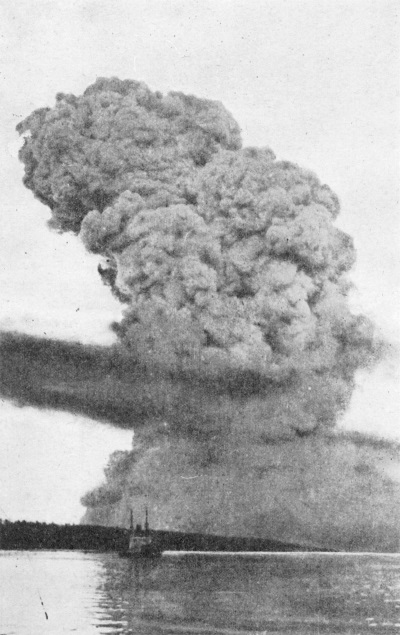
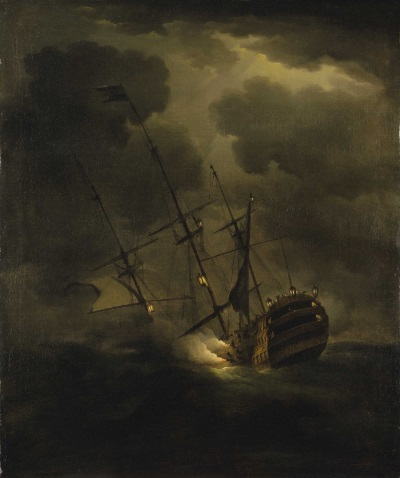
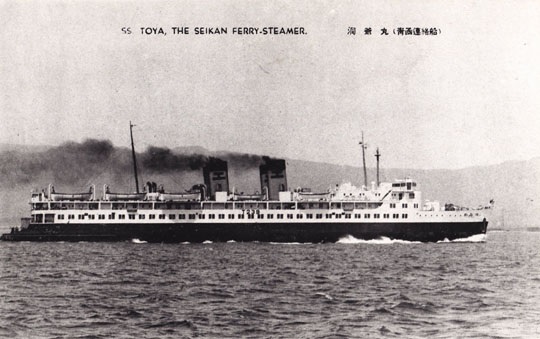
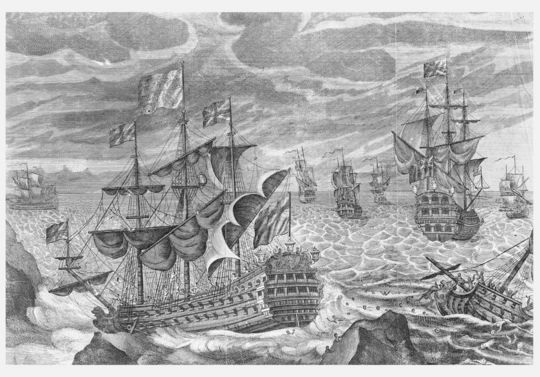
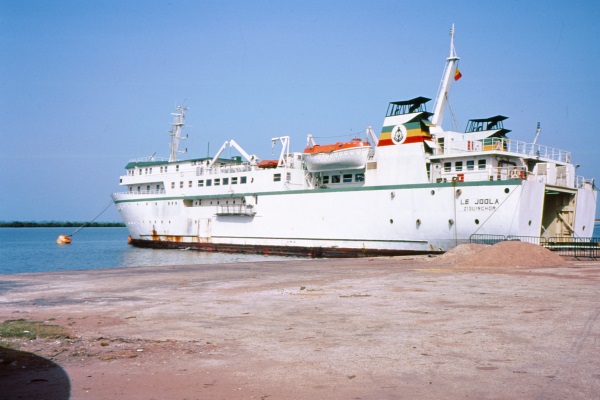
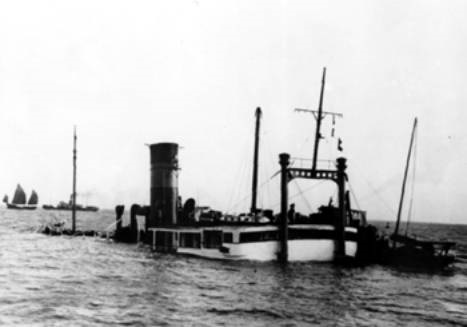
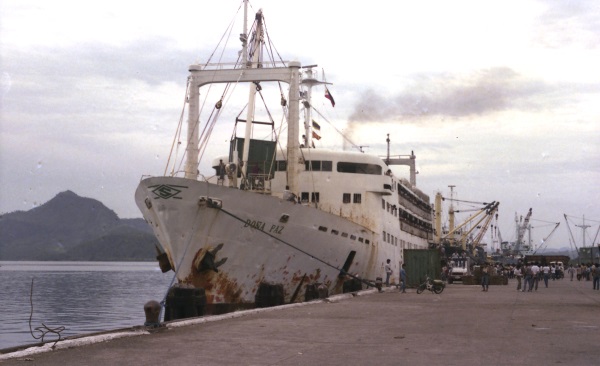
1 Comment
oi queria q vcs fizessem uma montagem da camisa do brasil da umbro